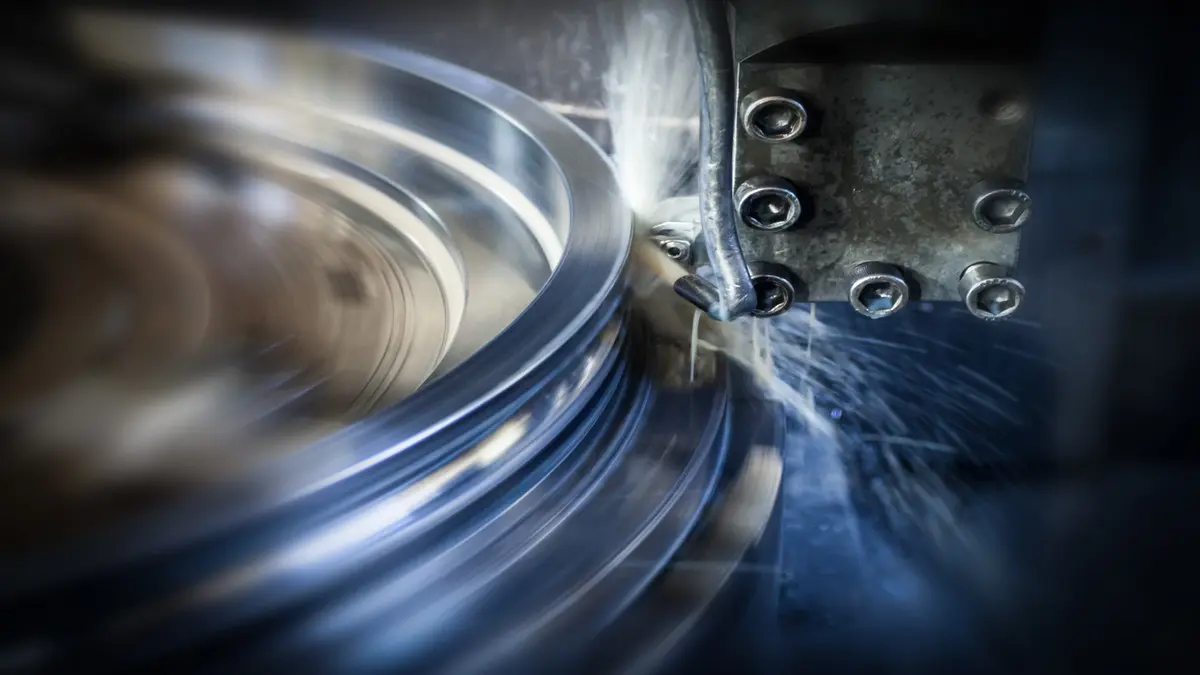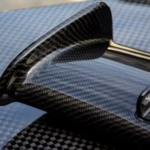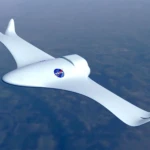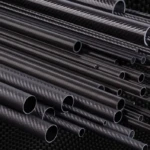CNC (Computer Numerical Control) machining represents one of the most advanced technologies in manufacturing today. With its ability to produce intricate and precise components, CNC machining is utilized across various industries, from aerospace to medical devices. This blog post will explore the fascinating CNC machining process, detailing how it operates, the technology behind it, and the artistry involved in producing complex parts.
Understanding the CNC Machining Process
What is CNC Machining?
CNC machining refers to the use of computer-controlled machines to cut, shape, and finish materials into specific dimensions and configurations. The process allows for high precision and repeatability, making it ideal for producing complex geometries that would be difficult or impossible to achieve through manual machining.
Components of CNC Machining
To appreciate the CNC machining process, it’s essential to understand its core components:
- CNC Machine: This is the primary tool that performs the machining operations. Common types include CNC mills, lathes, routers, and EDM (Electrical Discharge Machining) machines.
- Computer Software: CNC machines are controlled by computer software that translates design files (often in CAD format) into a language the machine can understand, known as G-code.
- Workpiece: The material that is being machined, which can be metals, plastics, wood, or composites.
- Cutting Tools: Tools used to remove material from the workpiece. These can be end mills, drills, lathes, and specialized tooling depending on the machining operation.
The CNC Machining Process: Step by Step
- Design Creation: The process begins with the creation of a detailed design using CAD software. This design includes all dimensions, tolerances, and geometries required for the final product.
- Programming: Once the design is finalized, it is converted into a G-code file. This code provides specific instructions to the CNC machine regarding how to move, what speed to use, and which tools to engage.
- Setup: The machinist sets up the CNC machine by securing the workpiece and installing the appropriate cutting tools. Calibration is also performed to ensure accuracy.
- Machining Operation: With everything in place, the CNC machine begins its operation. As the machine moves in multiple axes (typically three to five), the cutting tool removes material according to the programmed instructions. The motion of the machine can be compared to a dance, where the top and bottom parts (the cutting tool and the workpiece) interact in a beautifully coordinated manner.
- Finishing: After the initial machining, the part may undergo additional finishing processes, such as sanding, polishing, or coating, to achieve the desired surface quality.
- Quality Control: The final step involves inspecting the machined part for dimensional accuracy and surface finish. This often includes using precision measuring tools like calipers, micrometers, or coordinate measuring machines (CMM).
The Technology Behind CNC Machining
Types of CNC Machines
CNC machines come in various forms, each suited for specific tasks:
- CNC Milling Machines: These machines use rotary cutting tools to remove material from the workpiece. They can create complex shapes and features like pockets, slots, and holes.
- CNC Lathes: Lathes rotate the workpiece against a stationary cutting tool. This process is ideal for producing cylindrical parts and can create intricate details.
- CNC Routers: Primarily used for cutting soft materials like wood, plastics, and composites, CNC routers employ similar principles as milling machines but are optimized for non-metal materials.
- CNC Plasma Cutters: These machines utilize a plasma torch to cut through metal by melting it at high temperatures. They are widely used in the fabrication of metal parts.
- CNC Waterjet Cutters: Using high-pressure water mixed with abrasives, waterjet cutters can slice through a variety of materials without generating heat, which can distort them.
Precision and Accuracy
One of the standout features of CNC machining is its precision. The ability to control movements down to micrometers allows for the creation of parts that adhere to strict tolerances. This precision is vital in industries such as aerospace, where even the smallest deviation can lead to failure.
Automation and Efficiency
CNC machining greatly enhances efficiency in manufacturing. Once a machine is programmed, it can operate autonomously, often running for extended periods without human intervention. This capability not only speeds up production but also reduces labor costs and human error.
Material Versatility
CNC machining is compatible with a wide range of materials, including:
- Metals: Aluminum, steel, titanium, brass, and copper are common choices for CNC machining due to their strength and machinability.
- Plastics: Materials like acrylic, polycarbonate, and nylon can be machined for applications requiring lightweight and corrosion-resistant components.
- Composites: Advanced composites, including carbon fiber and fiberglass, are often machined for high-performance applications, especially in aerospace and automotive industries.
The Artistry of CNC Machining
CNC machining is not merely a technical process; it embodies a blend of art and science. The precision and detail achieved in the final product can be likened to craftsmanship. Here are a few aspects where artistry plays a crucial role:
Design and Creativity
The initial design phase is where creativity shines. Designers must consider both functionality and aesthetics, creating parts that not only perform their intended function but also appeal visually. This duality is essential in industries like automotive and consumer electronics, where the look of the product can be as important as its performance.
Customization
CNC machining allows for high levels of customization. From unique shapes to intricate details, the flexibility of CNC technology means that virtually any design can be realized. This capability is particularly valuable in industries that require bespoke components, such as the jewelry and fashion sectors.
Surface Finishing Techniques
Post-machining finishing techniques can significantly enhance the aesthetic quality of a part. Techniques such as anodizing, powder coating, and electroplating not only improve durability but also provide a range of visual effects, from matte to glossy finishes.
The Future of CNC Machining
As technology advances, CNC machining continues to evolve. Here are some trends shaping its future:
Integration with AI and Machine Learning
The integration of artificial intelligence and machine learning is poised to revolutionize CNC machining. By analyzing production data, AI can optimize machining processes, predict maintenance needs, and even adapt designs in real time to enhance performance.
Increased Automation
Automation in CNC machining is set to expand further. Collaborative robots (cobots) are increasingly being used to assist human operators, improving productivity while ensuring safety in the workplace.
Additive Manufacturing Synergies
The rise of additive manufacturing (3D printing) complements traditional CNC machining. Companies are beginning to use both technologies together, utilizing CNC machining for finishing and detailing 3D-printed parts, thereby enhancing design possibilities.
Sustainability
As industries focus more on sustainability, CNC machining is adapting by utilizing eco-friendly materials and energy-efficient machines. Efforts are also being made to minimize waste and recycle materials whenever possible.
Conclusion
The CNC machining process is a stunning fusion of technology and artistry, where precision meets creativity. The mesmerizing dance of the CNC machine, as it carves intricate components with unwavering accuracy, highlights the sophistication of modern manufacturing. As advancements continue, CNC machining will remain at the forefront of innovation, driving efficiency and precision across countless industries.
By appreciating the intricacies of this process, we can better understand its profound impact on the products we use daily, transforming raw materials into finely crafted parts that embody both function and beauty. Whether for aerospace applications, intricate jewelry, or custom automotive components, the CNC machining process continues to showcase the magic of engineering and artistry working hand in hand.

















